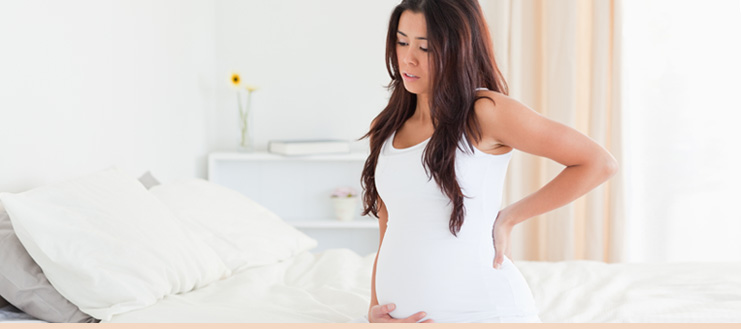What is Pelvic Girdle Pain (PGP)?
- a condition which affects 1 in 5 pregnant women
- pain and stiffness in one or more pelvic joints
- asymmetry of movement, joint irritation and pain when walking, climbing stairs and turning over in bed
- in some cases, long-term pain and dysfunction after giving birth which can persist for months or years without treatment
How can we treat PGP?
- PGP can be treated with manual therapy
- refer for assessment and treatment of the pelvic joints and soft tissues by a manual therapist (physiotherapist, osteopath or chiropractor – NHS or private practitioner)
- pain and function should improve after each treatment session
- discuss pain relief options – paracetamol is safe in pregnancy but often not effective, and stronger pain medication may be more beneficial
When can PGP be treated?
- early diagnosis and treatment can lead to full resolution or reduction in symptoms during pregnancy
- it is safe to treat at any stage during or after pregnancy, even if there is very severe pain
How can we help with PGP during labour and birth?
- ensure that the team is aware of PGP and its effects, and it is documented in maternity notes
- avoid labour and birth positions which strain pelvic joints
- consider labour and birth in water and use upright positions, all fours or lying on one side
What can we do postnatally?
- after birth, offer en-suite facilities and physical support with self-care and caring for the baby if in hospital
- offer pain relief and refer for early review by the manual therapist
What is the Pelvic Partnership?
- a charity which offers support and information to women and healthcare professionals to raise awareness of pregnancy-related PGP
- For more detailed information visit www.pelvicpartnership.org.uk or contact the helpline on 01235 820921 and leave a message for one of the volunteers to ring you back







